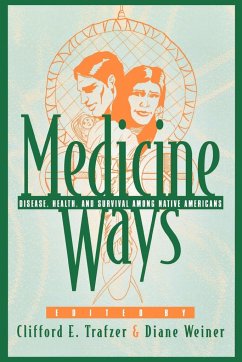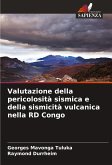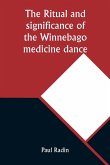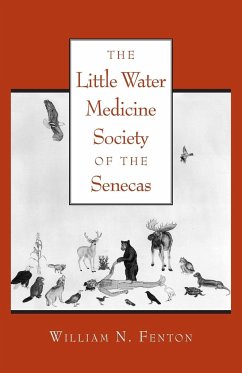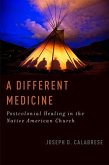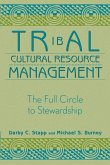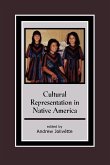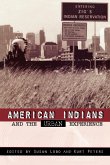Improving the dire health problems faced by many Native American communities is central to their cultural, political, and economic well being. However, it is still too often the case that both theoretical studies and applied programs fail to account for Native American perspectives on the range of factors that actually contribute to these problems in the first place. The authors in Medicine Ways examine the ways people from a multitude of indigenous communities think about and practice health care within historical and socio-cultural contexts. Cultural and physical survival are inseparable for Native Americans. Chapters explore biomedically-identified diseases, such as cancer and diabetes, as well as Native-identified problems, including historical and contemporary experiences such as forced evacuation, assimilation, boarding school, poverty and a slew of federal and state policies and initiatives. They also explore applied solutions that are based in community prerogatives and worldviews, whether they be indigenous, Christian, biomedical, or some combination of all three. Medicine Ways is an important volume for scholars and students in Native American studies, medical anthropology, and sociology as well as for health practitioners and professionals working in and for tribes. Visit the UCLA American Indian Studies Center web site
Hinweis: Dieser Artikel kann nur an eine deutsche Lieferadresse ausgeliefert werden.
Hinweis: Dieser Artikel kann nur an eine deutsche Lieferadresse ausgeliefert werden.
The greatest strength of this volume is its breadth, especially with regard to diversity of tribe, historical periods, types of illness, and disciplinary emphases...This volume will surely be of interest to those who would like a sample of the health issues plaguing American Indians from colonization and into the present day. -- Lori L. Jervis, (University of Colorado Health Sciences Center) Journal Of Nervous and Mental Disease This volume presents timely, authoritative, and chilling accounts of disease, death, and sociocultural devastation in Native American and Alaskan communities over the past 200 years. -- E. Wellin, (University of Wisconsin-Milwaukee) CHOICE

